A Culture of Conservation
New Zealand is undeniably a very unique, beautiful and special place to visit. While certainly you can enamor of the delicious food and wine, gregarious, welcoming locals, charming towns packed with cultural events, or adrenalin-fueled fun (we passed on the bungee jumping), what you come to New Zealand for most often is to experience the magnificence of its natural beauty. It’s impressive that three areas within this small country have been designated UNESCO World Heritage sites and that 30% of the country has been given land protection. While driving in this country, you feel that you’re moving through equal parts park and farm land – two of our favorite places to be!
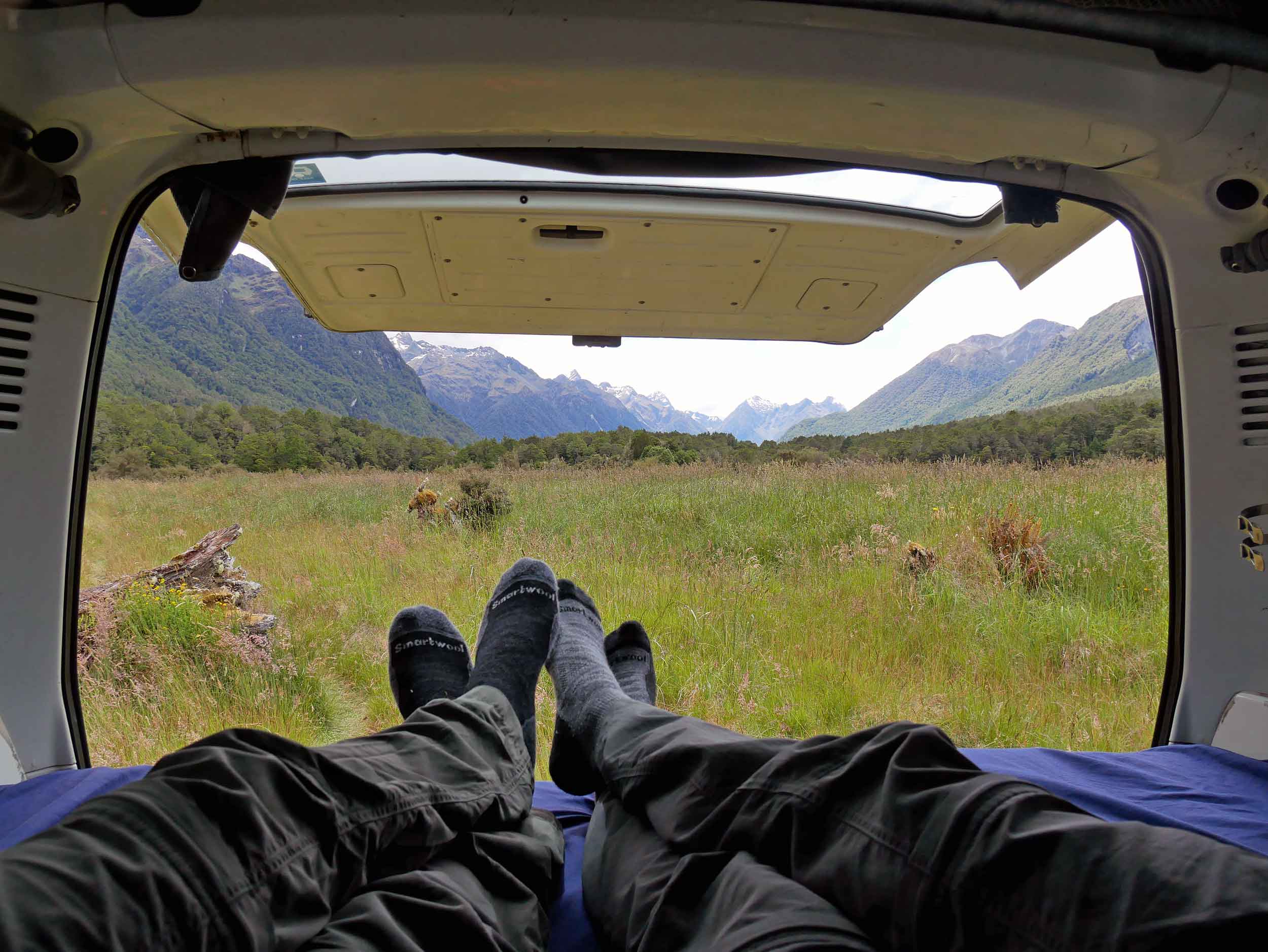
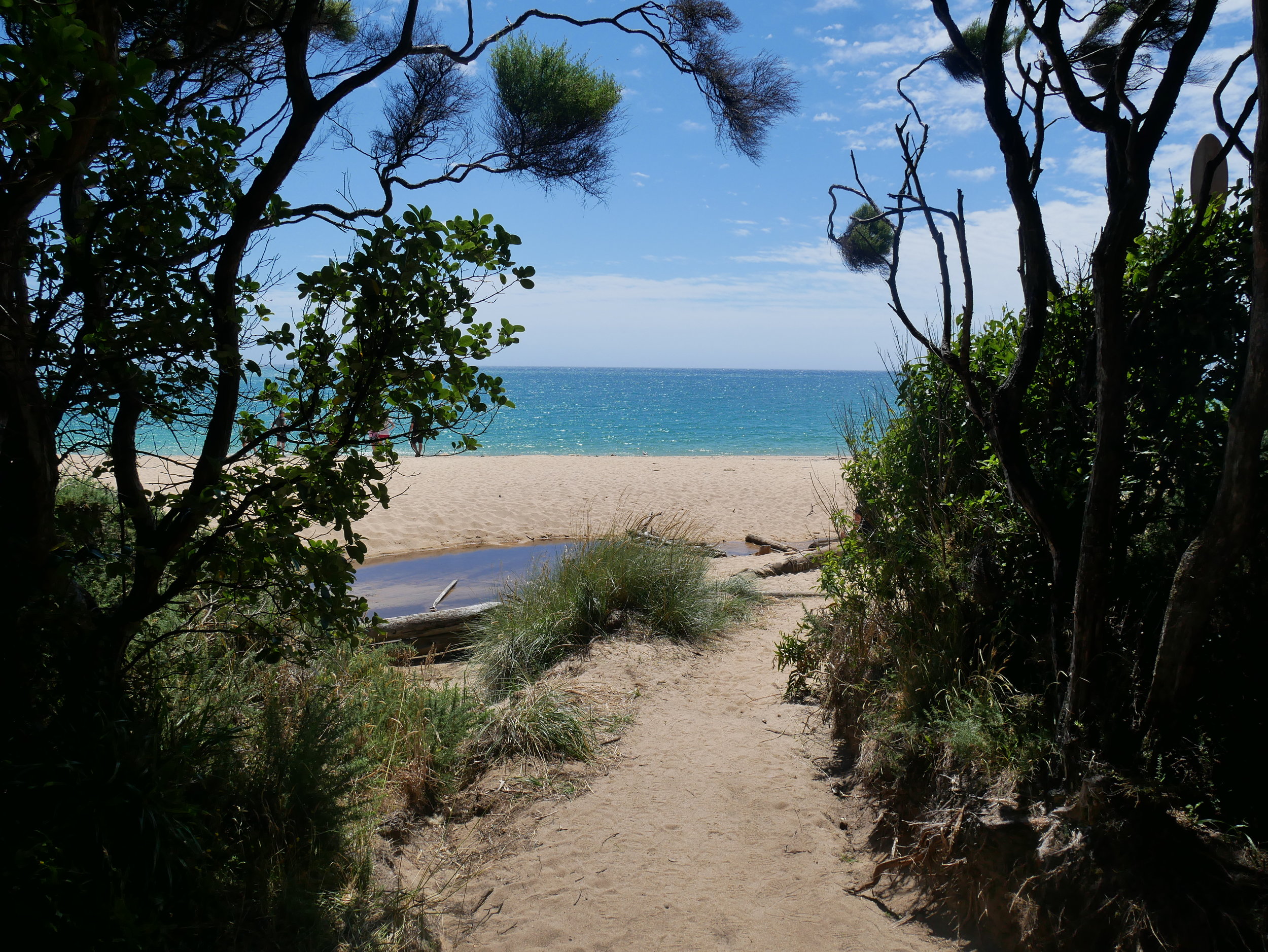
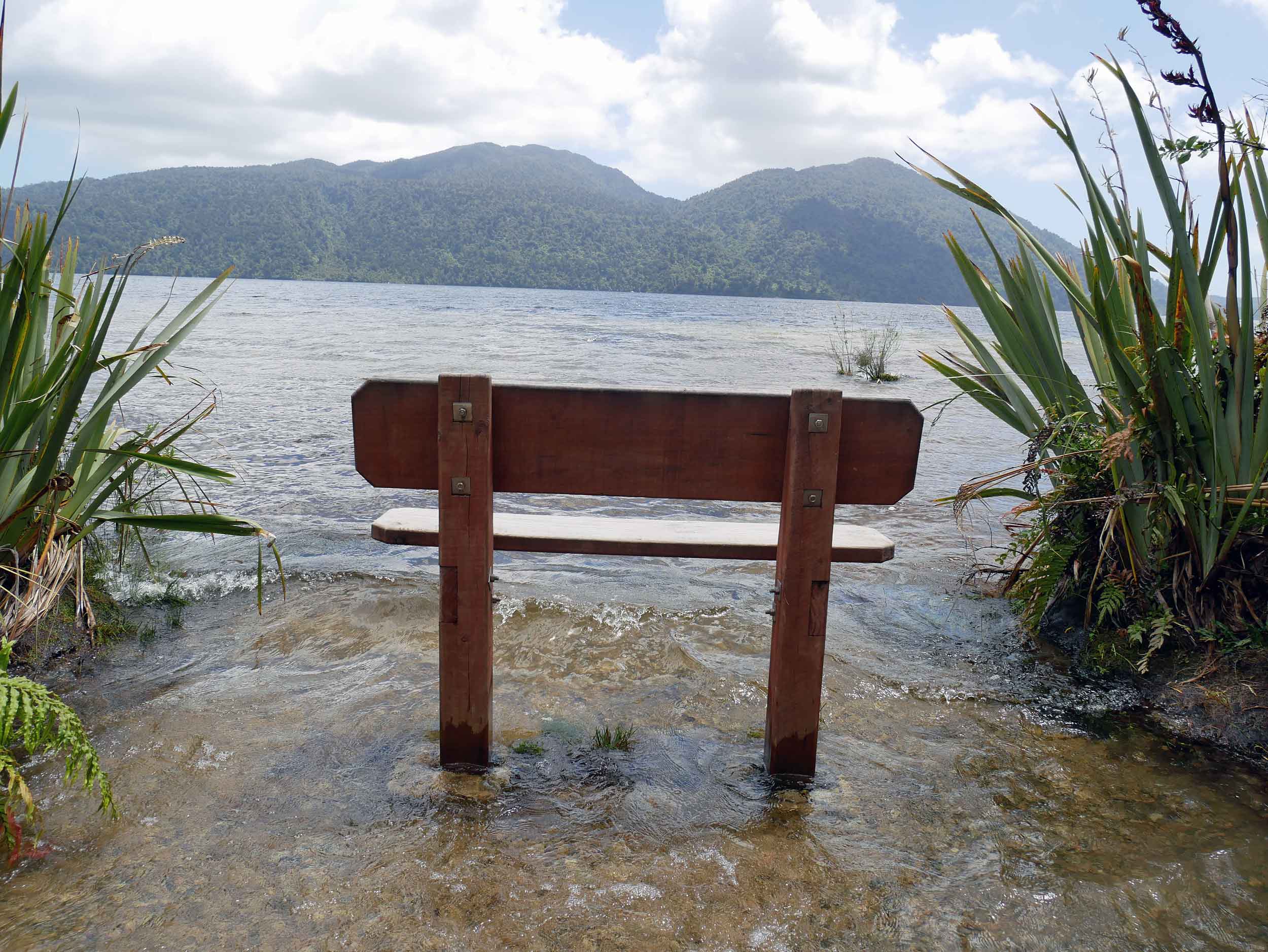
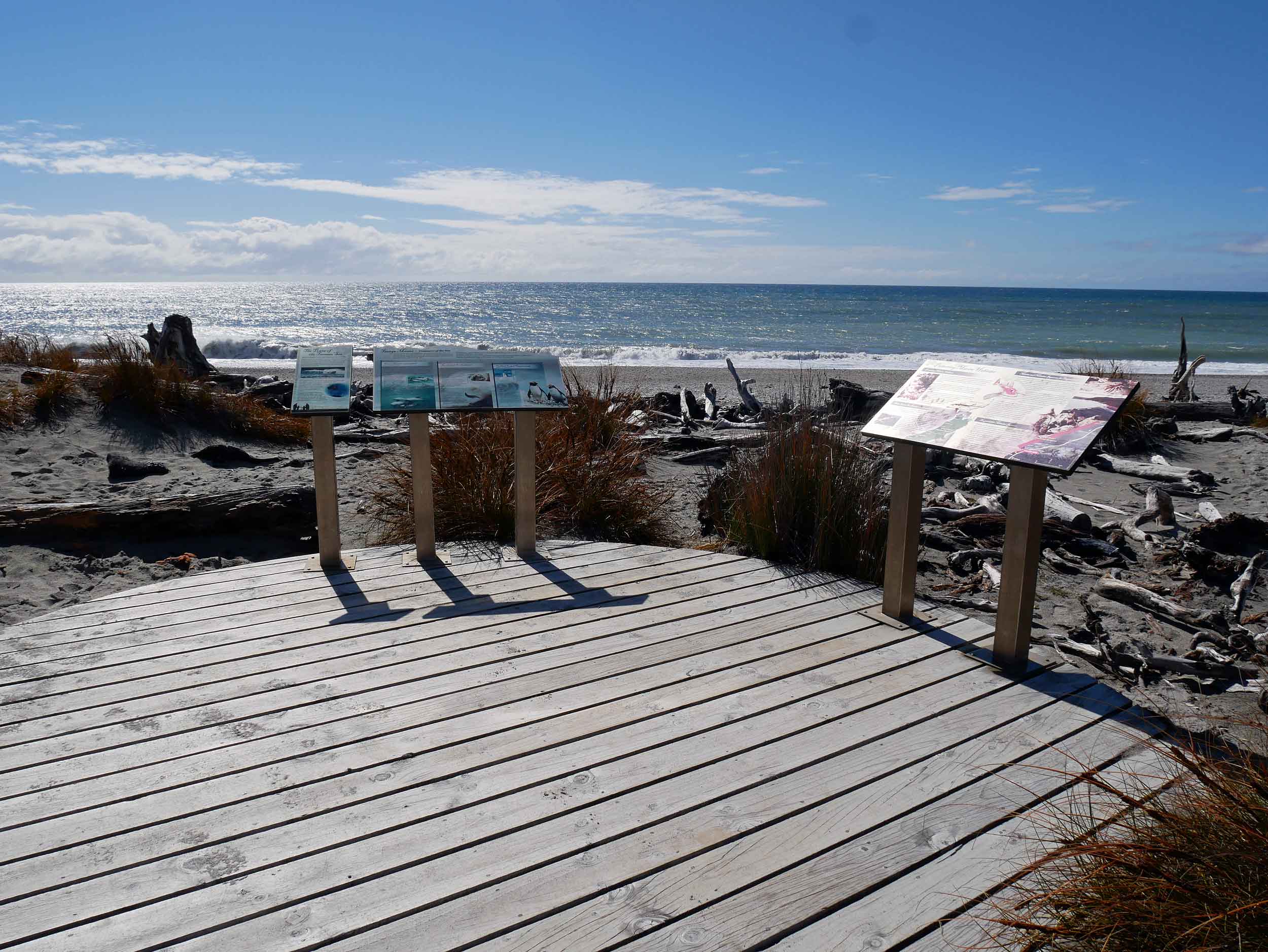
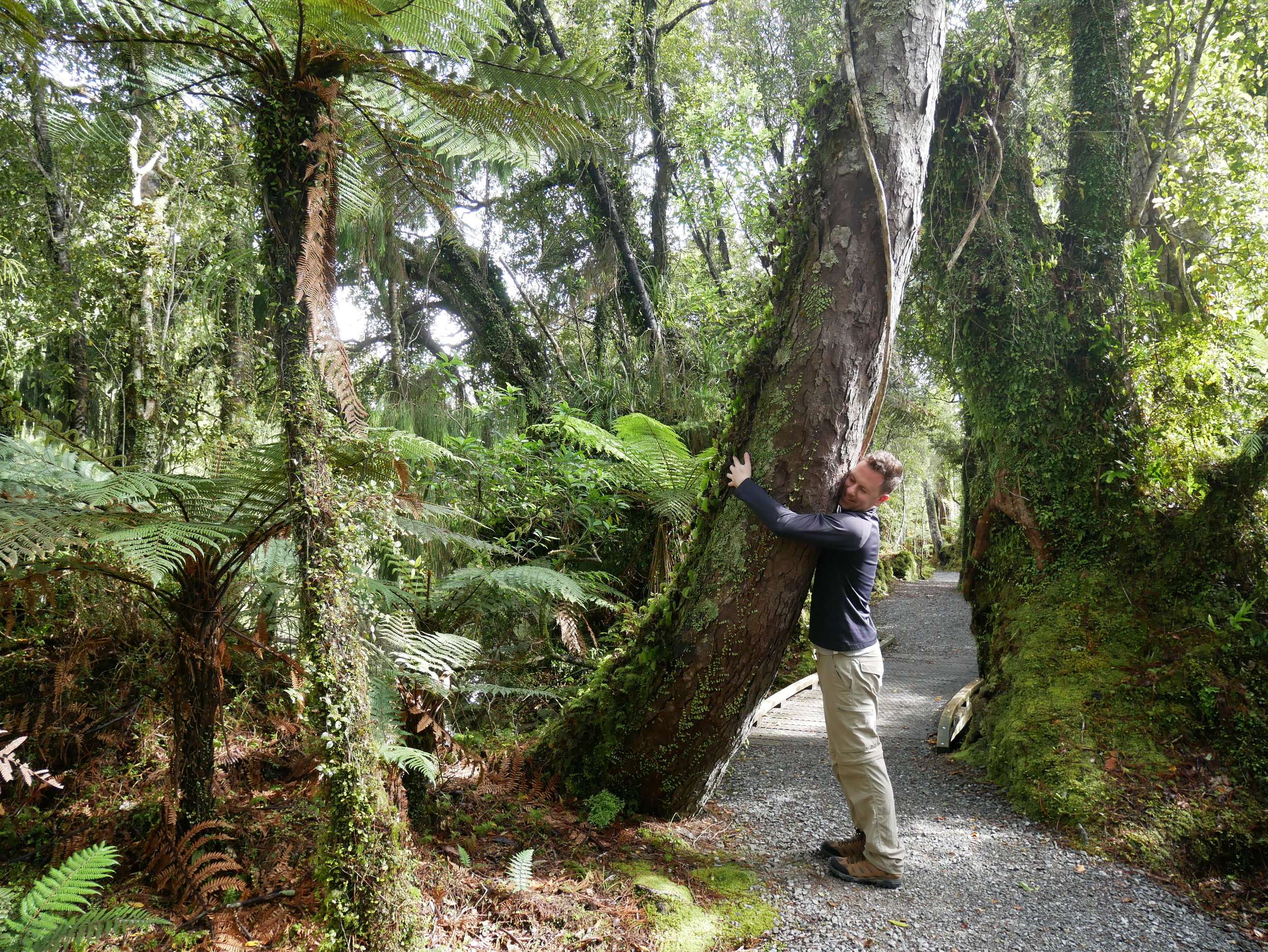
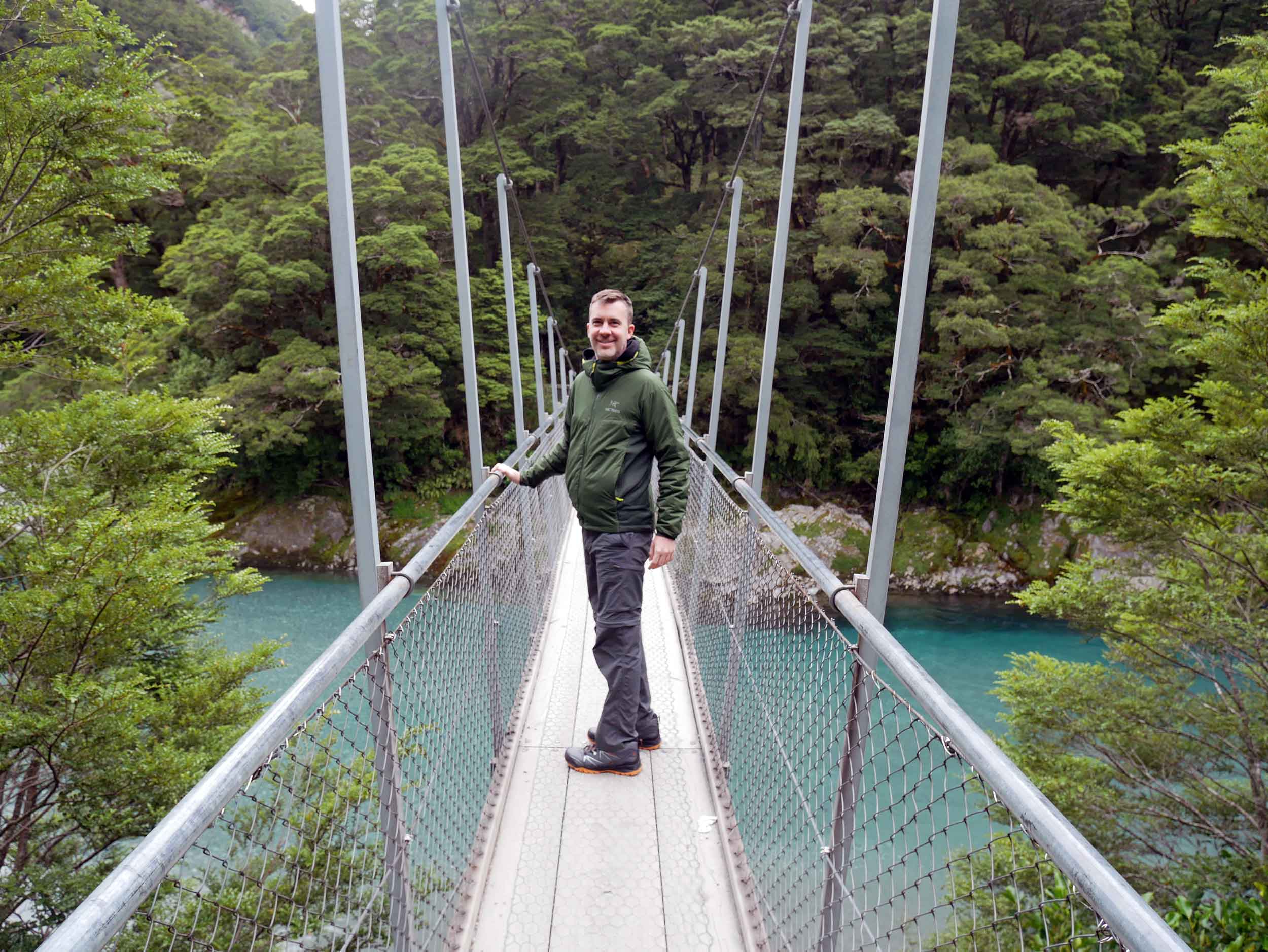
Not surprisingly, during our nearly three weeks on the South Island, we spent a lot of time outdoors, enjoying stunning vistas, tranquil treks, and rushing waters. Wherever we went, we were impressed (and thankful) by how perfectly maintained the parks’ facilities were. From trails to information sites, and in fact all public facilities, we were consistently amazed by the effort that the Department of Conservation (DoC) went to ensure visitors have a safe and pleasant experience. With a country as beautiful as New Zealand, it makes sense that Kiwis (an endearing name that New Zealanders call themselves in honor of their national bird, the flightless Kiwi) want to do everything that they can to conserve the land for many to enjoy.
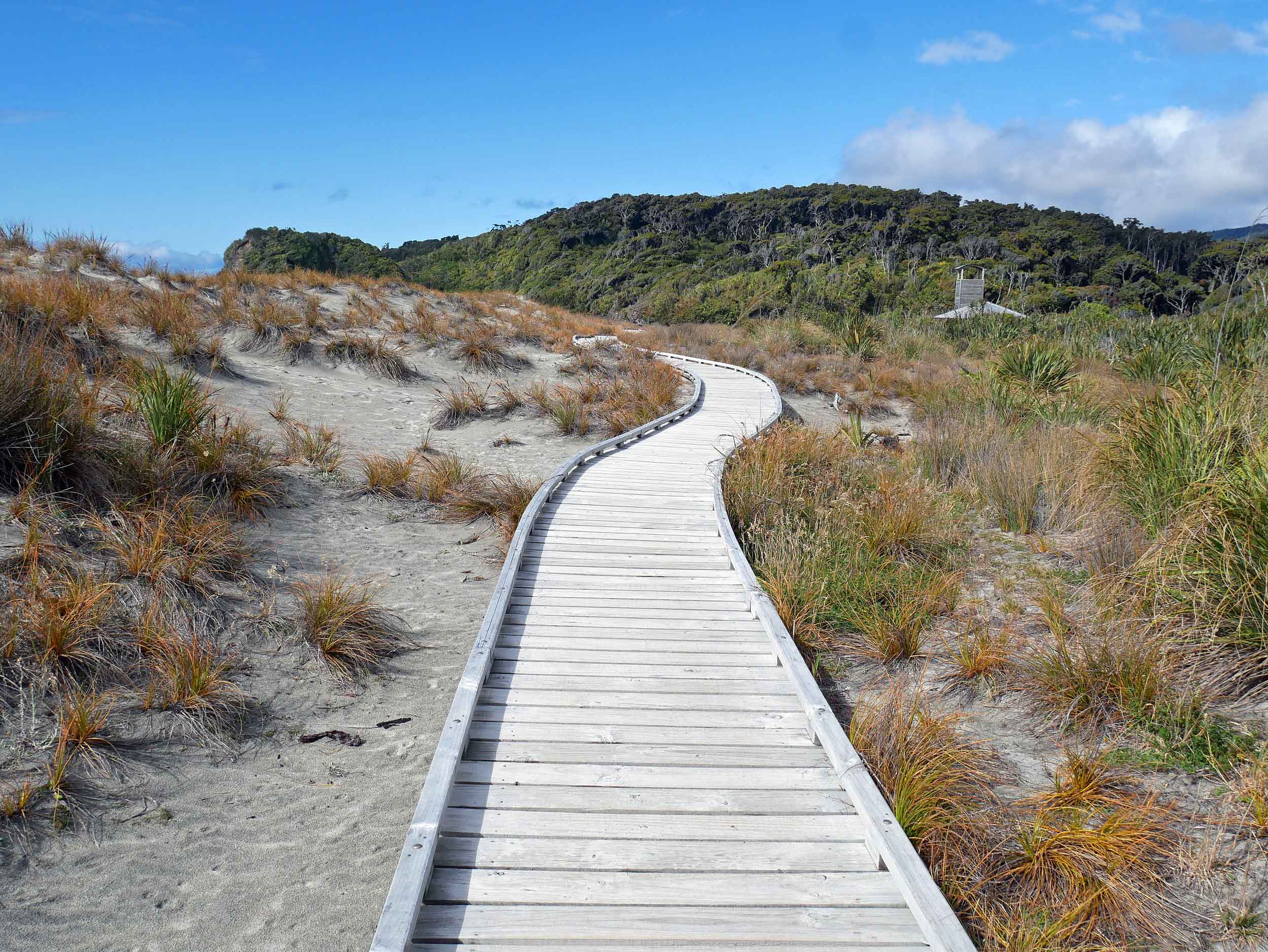
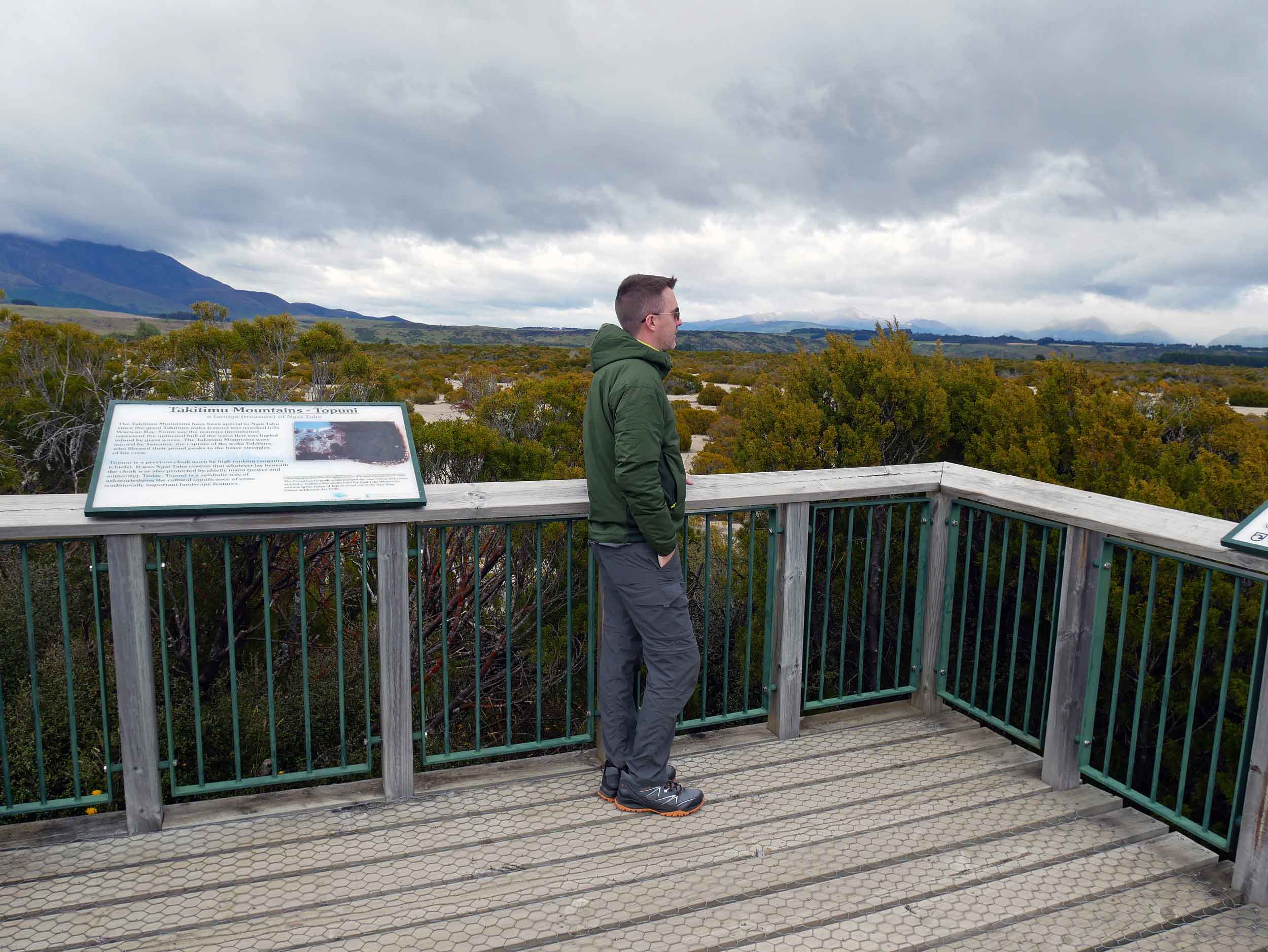
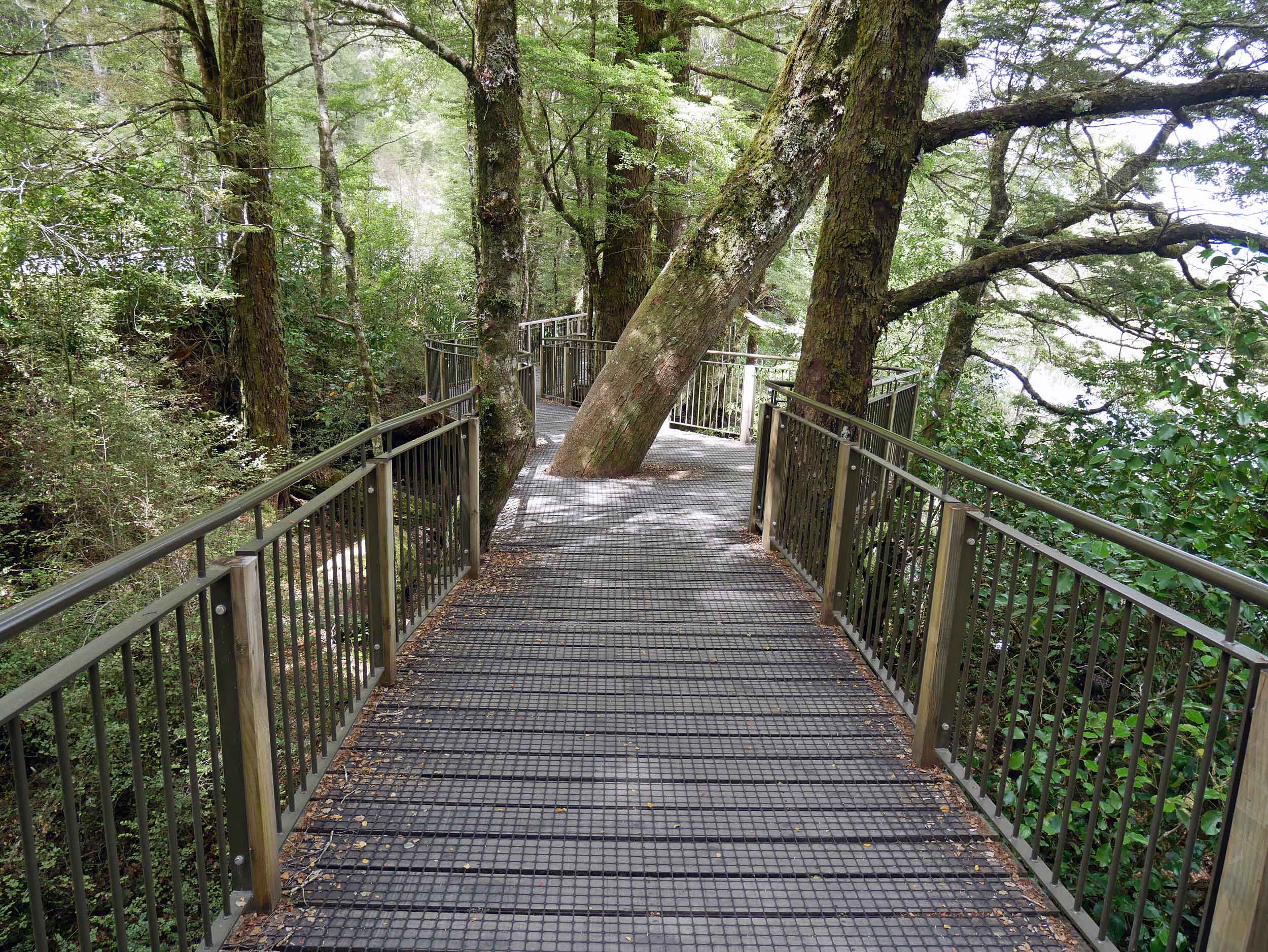
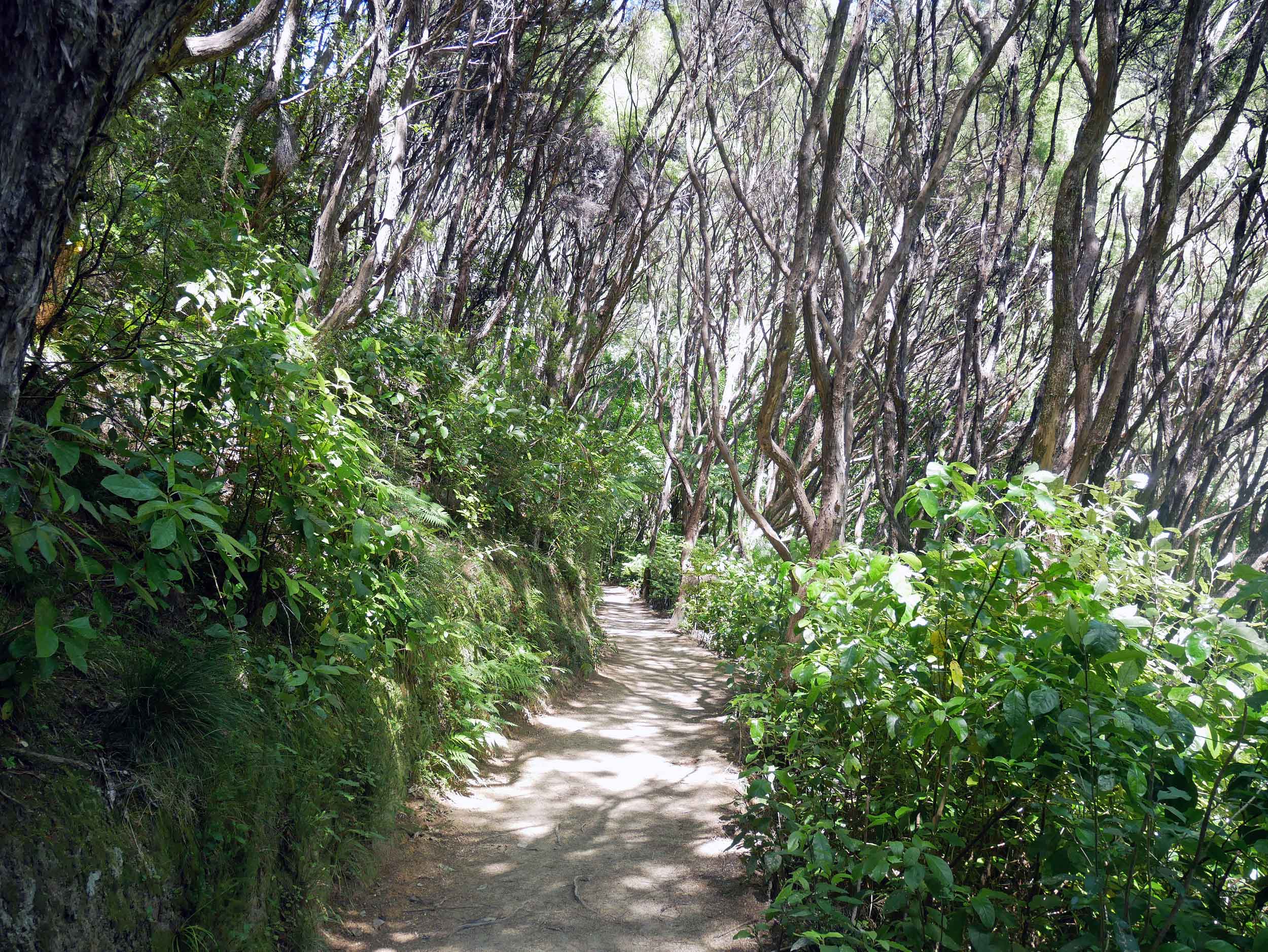

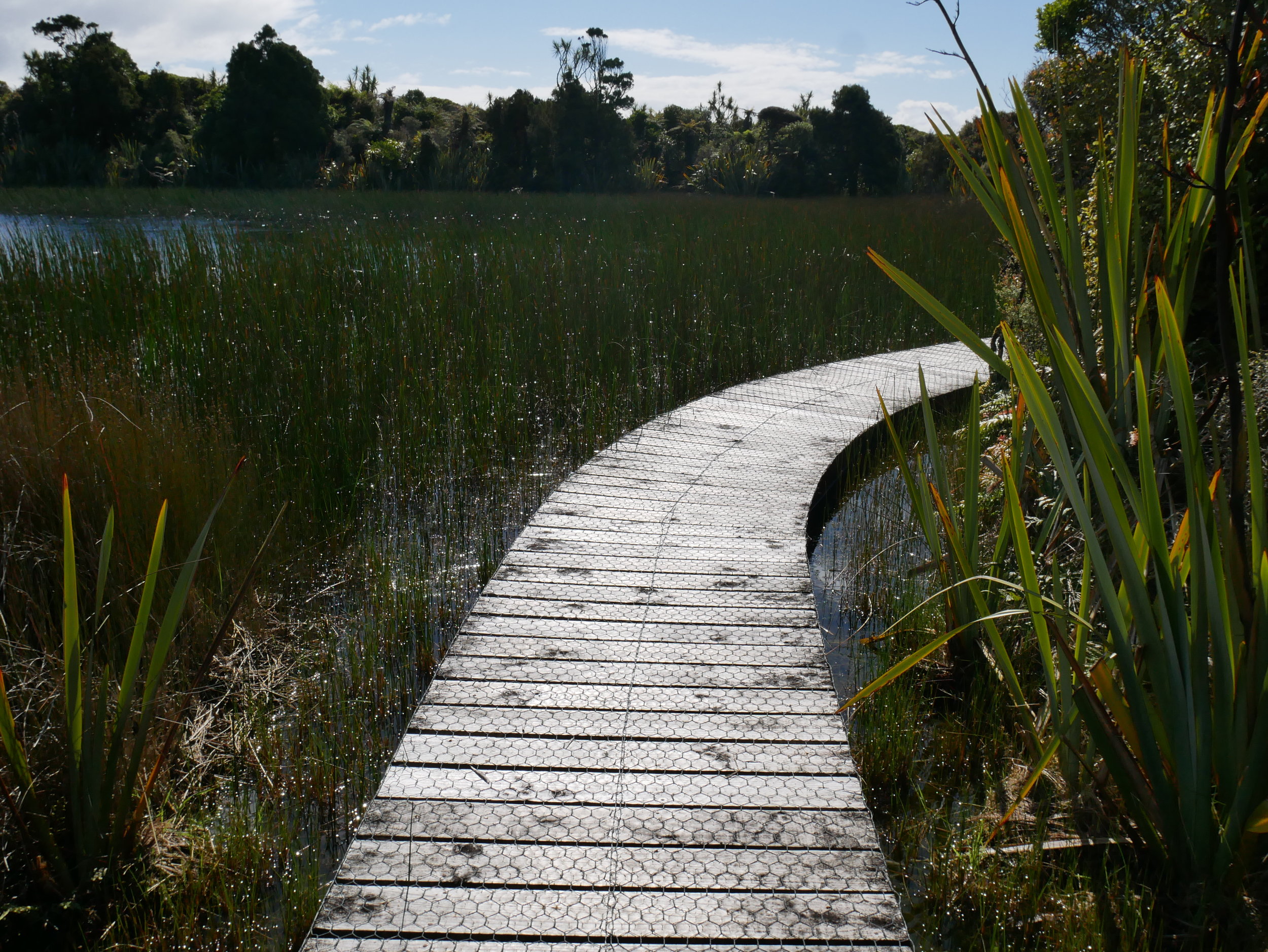
It is also worth noting that a robust debate is currently under way in New Zealand regarding the preservation and conservation of the natural beauty of this country. When European settlers arrived some two hundred years ago, they brought with them invasive and non-native species that have decimated native, vulnerable flora and fauna. The DoC has been battling against the onslaught of non-native land mammals, which kill indigenous birds (including their beloved national Kiwi) with a variety of kill methods and have recently introduced the substance 1080 in rural parts of the country. This particular lethal poison kills vermin such as rats, stoats, weasels, ferrets and possums, however, remains active and lethal in the body of the vermin and can affect native predators and potentially contaminate the local water supply and environment in which the poison is introduced. We will continue to following this debate and wish the DoC all the best in their fight to combat non-native species in their preservation of this beautiful country.
We would humbly like to say thank you to the wonderful DoC staff, who made our experience in New Zealand educational, enjoyable and easy – cheers!
